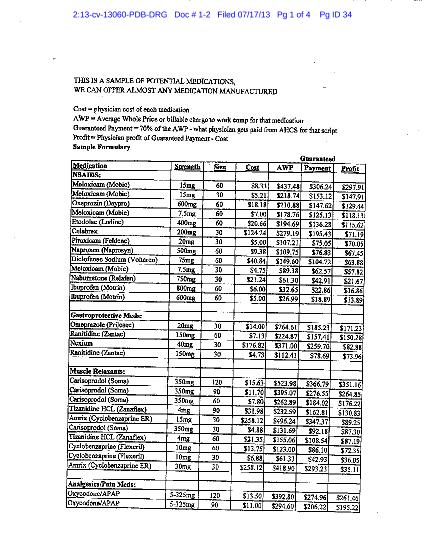Today starts off with a discussion of the impact of health care reform on the health care system – there’s another talk tomorrow morning on the impact of ACA; here’s the first of a nine part series I penned last summer…will be interesting to see the panelists’ views.
The first presentation was by MIT’s Dr Jonathan Gruber on health care reform. Gruber noted that a government-run program is never going to happen, but each time we tried to do this in the past and failed, a chunk of the underserved got some form of relief – Medicaid, Medicare, Part D, S-CHIP, etc.
RomneyCare, seen by many as the basis of PPACA, is a combination of left- and right-favored ideas, including community rating reforms, an individual mandate, and subsidies for those who couldn’t afford insurance on their own. This went into place in 2006.
The uninisurance rate in Mass. is now 3% (compared to the national rate of about 16%), premiums in the individual market fell by about 50%, and premium trend rates for small employers have been flat for the last couple of years. However, Mass’ reform was subsidized to the tune of a half-billion dollars. This too has become part of the basis for PPACA, along with the individual mandate, subsidies for low-income families and expanded Medicaid, and rating reforms.
Lots of nonsense has been dumped on the ACA – the death panels being only one of the most blatantly false. Gruber highlighted the impossibility due to political issues – there were just too many forces – political, industry, lobbyists – blocking meaningful cost reduction. There are, however, five cost control mechanisms.
- Cap the taxable benefit of employee health benefits – currently the tax-free status of benefits reduces taxes by $250 billion. The “Cadillac plan” tax cap is intended to address this, albeit in a bass-ackwards way; this will reduce costs by not by much.
- Health insurance exchanges – introduced more competition and lowered cost of sale. (in my view the leveling of the playing field coupled with universal coverage will force health plans to compete on the basis of outcomes and cost – and this is going to have a very large, and very positive, effect on long-term cost inflation)
- IPAB – independent payment advisory board – which can affect Medicare health reimbursement by forcing Congress to save money or agree to use IPAB’s recommendations.
- Research on Comparative Effectiveness
- ACO and other experiments; medical homes, bundled payments, and other mechanisms aimed at coordinating care and reducing cost especially for chronic conditions.
In response to a question about freedom, Gruber noted that there are more health plans available now thru the exchanges than there were prior to reform.
Insurance prices for exchange plans for 2014 were about 15% below predictions, however this pricing was more of a guess than an actuarial projection based on past data. We will know much more at this time next year when the 2015 rates are in place.
I loved Gruber’s characterization of states’ failure to expand Medicaid as political malpractice…

